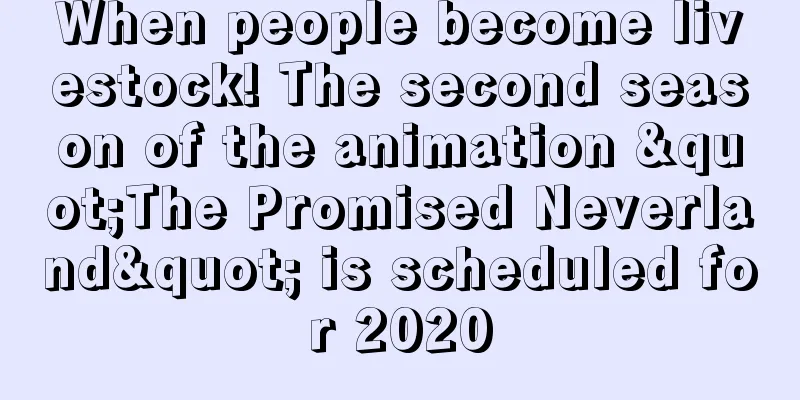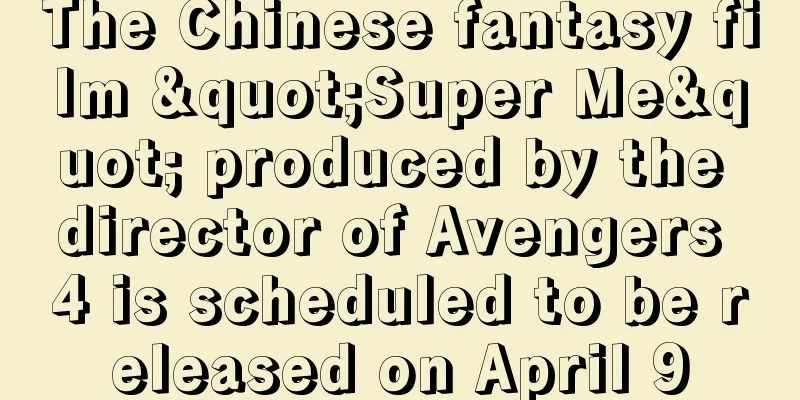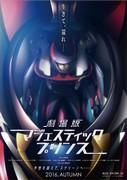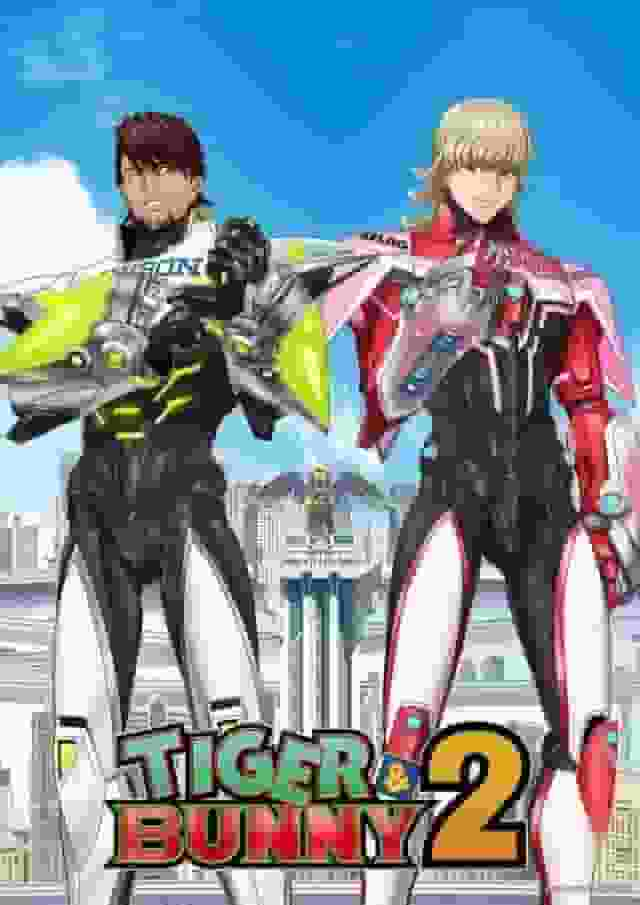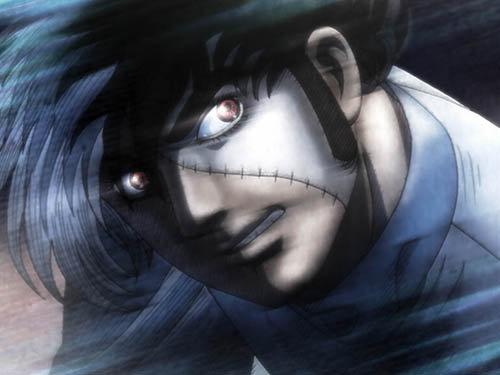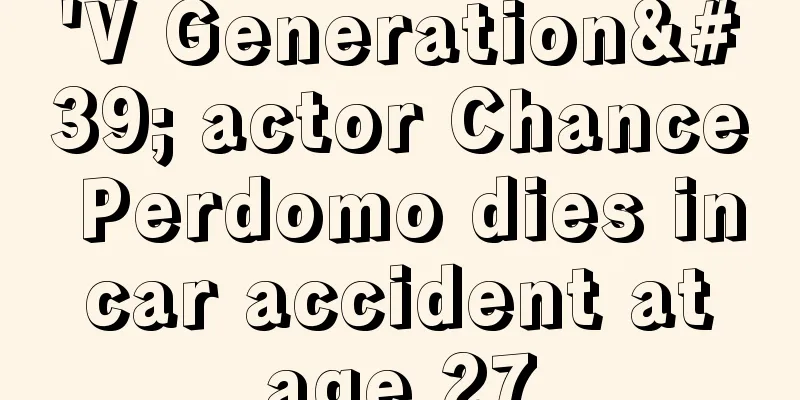The appeal and evaluation of "Gauche the Cellist": moving music and story
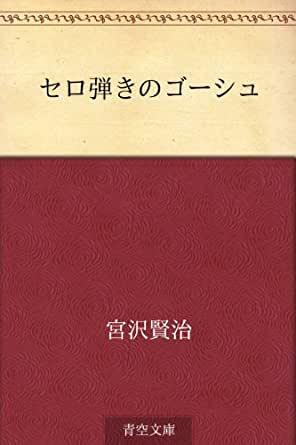
Gauche the Cellist - A Shadow-Picture Drawing of Kenji Miyazawa's MasterpieceThe animated film "Gauche the Cellist," a shadow puppet adaptation of Kenji Miyazawa's masterpiece "Gauche the Cellist," was released in May 1949. This is a short animated film released in theaters, and in its short 19 minutes, it is filled with deep emotion and beautiful music. Below, we will introduce detailed information and reviews of this work, as well as recommended points. Overview
■Explanation A shadow play version of Kenji Miyazawa's masterpiece. Won the Special Award in the Non-Feature Film category at the 1954 Southeast Asian Film Festival. ■ Main staff Adaptation by Zenji Tanaka (listed in Toudou Theater Company NFC / not listed on page 241 of Japanese Animation Film History) story"Gauche the Cellist" is based on a fairy tale by Kenji Miyazawa, and tells the story of a cellist named Gauche who grows up as he meets animals. Although Gauche struggles to play the cello, he is helped by various animals, and the story depicts the process of him eventually giving a wonderful performance. This work uses a unique method of expression called shadow art to depict a beautiful world where music and story are one. Recognition and Awards"Gauche the Cellist" won the Special Prize in the Non-Feature Film category at the Southeast Asian Film Festival in 1954. This award was a testament to the high praise given to the work's artistic quality and musical beauty, and marked an important step forward in the Japanese animation world at the time. The film also received high praise from many audiences for its exquisite fusion of visual beauty and music, achieved by using the traditional method of expression known as shadow puppetry. Production background and staffDirector Tanaka Kiji aimed to express Miyazawa Kenji's worldview through the medium of shadow puppetry in this work. Tanaka Zenji, who was in charge of the screenplay, created a script that was suited to the method of expression of shadow puppetry while still drawing out the essence of the original work. Kuroda Tokio, who was in charge of the illustrations, paid particular attention to every detail in order to bring out the beauty of the shadow puppetry to the fullest. In addition, the work as a whole was given greater depth with the cooperation of Sakamoto Yoshitaka, who was in charge of the music, and Suzuki Satoshi, who played the cello. Recommended points"Goosh the Cellist" is recommended for the following reasons.
Related works and recommendationsIf you enjoyed "Goosh the Cellist," we also recommend the following works:
summary"Gauche the Cellist" is a beautifully animated film based on Kenji Miyazawa's masterpiece, depicted with shadow puppets. In just 19 minutes, it is filled with deep emotion and beautiful music, and has been highly praised by many audiences. This film allows you to enjoy the beauty of the shadow puppets, the charm of the music, and the worldview of Kenji Miyazawa, and is definitely one you should see. |
Recommend
Ninjutsu Hi no Tama Kozo Edo Chapter - What is the appeal of this classic anime where tradition and innovation intersect?
"Ninjutsu Hinotama Kozo Edo no Maki": A...
Japanese stage play of Harry Potter reveals Tatsuya Fujiwara as Harry Potter
Japan, which loves to film stage plays, has set i...
Unreal 5 animation "Gundam: Requiem of Vengeance" released trailer
The trailer for the Unreal Engine 5-powered anime...
The final episode of the epic anime "Space Battleship Yamato 2202" is here! A sequel is on the way
"Space Battleship Yamato", the masterpi...
The appeal and reviews of the "Chair" anime: What are the must-see works?
The appeal and evaluation of "The Chair"...
Grenadier: Smile Senshi - Review of attractive characters and epic story
Grenadier: Smiling Senshi: A new heroine and her ...
Rick and Morty Season 5 trailer: Writing for Season 6 has begun
At this year's San Diego Comic-Con 2020, Adul...
The film adaptation of "Alligator Dies in 100 Days" is scheduled to be released on May 28
On February 18, according to foreign media report...
The new animation of the classic "Macross" is planned and produced by Sunrise
The classic super robot fortress legend of childh...
The live-action drama "One Piece" released a photo of Luffy and Luffy together, and two supporting roles were announced
Recently, a photo of Luffy and Luffy from Netflix...
Feng Xiaogang was angry: He posted on Weibo that there was no shady contract and no tax evasion
According to media reports, Feng Xiaogang publish...
"Alien: Earth" first exposed the female crew member being hunted by aliens
The first clip of the "Alien" series &q...
Let's go for a walk! - A thorough analysis of the appeal of Minna no Uta
"Let's walk!" - The appeal of Minna...
Foreign players' anime tastes IGN reviews the top 25 best anime works
Recently, the well-known gaming media IGN selecte...
"Devil May Cry" animation producer: I promise not to let "Star-Lord" participate in dubbing
Adi Shankar, producer of the Netflix Castlevania ...
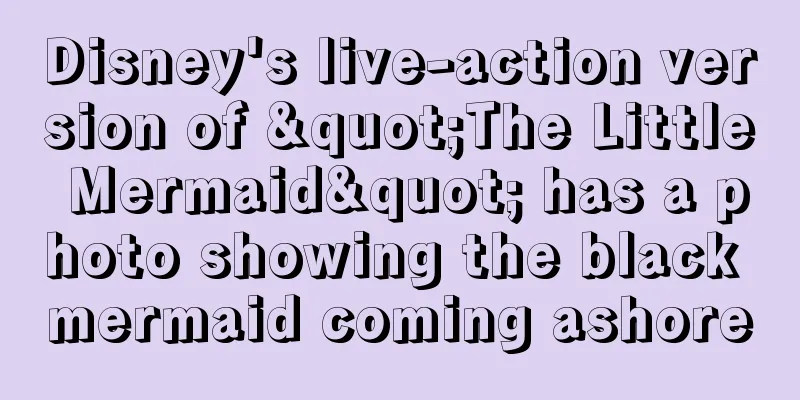
![A thorough review of High School DxD DX.1 [Limited Edition with Blu-ray]: Must-see bonuses for fans](/upload/pic/90138.jpg)
